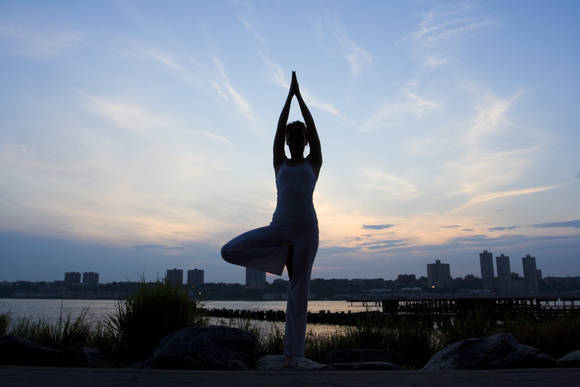Many people today choose to learn and do yoga as a form of fitness workout, or a means to lose weight. However, there are also lots of people who recognize the benefits that yoga brings not just to the body, but also to the mind and spirit. If you want to get a more mental and spiritual experience, Integral yoga is one of the types of yoga you should consider. This yogic style uses breathing, asanas, and meditation as a way to elevate one's level of consciousness and unite the self with the divine. This means Integral Yoga goes well and beyond the physical aspect of the practice; it teaches students to elevate their consciousness and connect with their inner being.
Who Can Do Integral Yoga
Anyone can do Integral Yoga because the poses are challenging, but not too physically demanding that the students would worry about the body's alignment and being flexible enough to do bends and twists. And like other types of yoga, students are encouraged to move and perform the poses at their own pace. If you are interested in doing yoga and can set aside enough time to learn, practice, and meditate, you CAN do Integral Yoga.
Benefits of Integral Yoga
As we said, Integral Yoga is about connecting with your inner core. But this does not mean that the physical aspect of this yogic style is any less important than its spiritual and mental applications. Of course, you will still learn to do Integral yoga poses which effectively put you in a position, condition, or state that is conducive to breathing, meditating, and connecting with your psyche. The practice of Integral Yoga today greatly benefits those who are in need of stress relief and a sense of focus. By learning Integral Yoga, you are able to focus on the aspects of your being that you tend to neglect because you get consumed in life's demands and daily routines.
Integral Yoga Poses
Being successful at Integral Yoga requires a great deal of patience, openness, and perseverance. If you're interested in learning yoga for weight loss or for strengthening and toning your muscles in the least amount of time, Integral may not be the yogic style for you. But if you are looking for a more holistic approach to doing yoga, Integral Yoga is definitely one of the styles you should consider. There is no specific physical approach to Integral yoga because it focuses more on the mental and spiritual. As such, Integral yoga doesn't follow any specific positions or sequences of yoga poses. Below are some poses you can expect to learn when you sign up for Integral yoga classes.
Sun Salutation Series
The Sun Salutation is considered as one of the fundamentals of the asana branch of yoga. This series is performed in many styles of yoga. The Sun Salutation is composed of several poses that go full circle – you start and end with the same pose. Like other Integral yoga poses, the Sun Salutations work on improving your balance, overall flexibility, and muscle strength.
Bow Pose

Tree Pose

Corpse Pose

Mountain Pose

Another main difference between Integral yoga and other types of yoga is that the former isn't just about learning to do the poses properly in correct body alignment. As mentioned, Integral yoga is about achieving harmony within the self and with the divine, and should be practiced in and outside the studio class.



